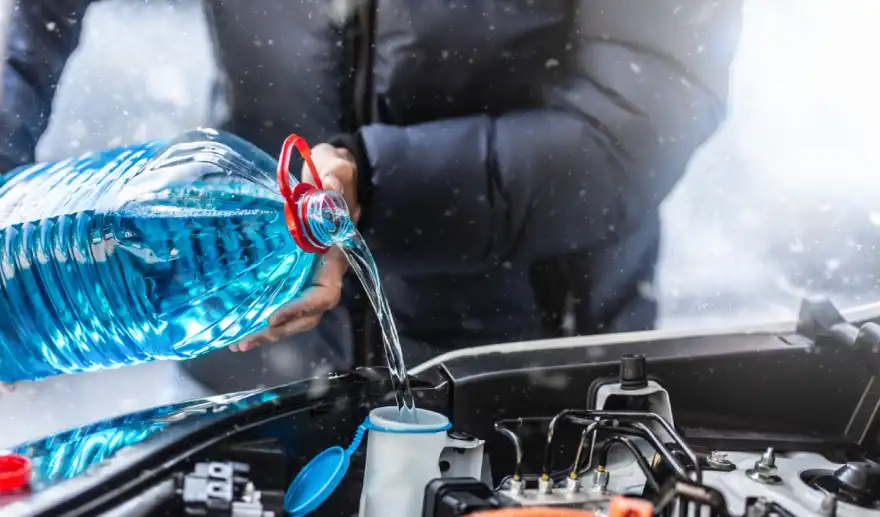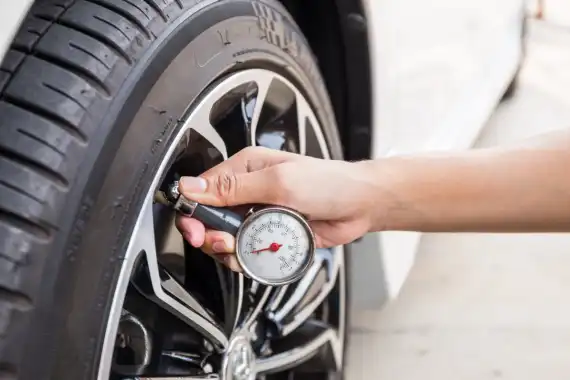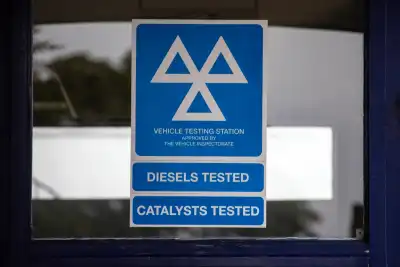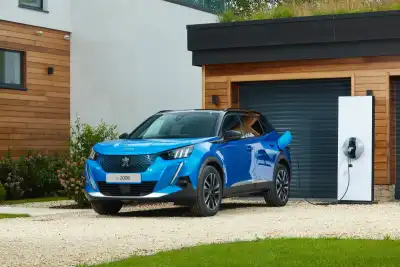
With parts of Britain already hit by November blizzards and temperatures falling as low as -12°C, some drivers have already ended up stranded. Take this as your early warning: now is the time to get yourself – and your car – fully winter-ready.
Below are the 10 key things every driver should know before the coldest months arrive. They cover essential car checks, what to pack, and how to handle difficult conditions like steep hills, ice and skids.
1. Pack these essentials in your car
While we try to keep cars as light as possible in summer, winter is different. A few extra items can make a huge difference if you break down or get stuck.
You should carry:
- Ice scraper and de-icer
- Extra screenwash
- Torch
- First-aid kit
- Warm clothing and spare footwear (boots are best)
- Blanket
- Food and drink
- Small shovel
- Hi-vis jacket and reflective triangle
- Phone charger
- Road map (in case your phone dies)
- Empty fuel can
- Jump leads
- Tow rope
They don’t take much space – keep them in the boot or door pockets.
2. Do these essential vehicle checks
Battery
Flat batteries are the number one cause of winter breakdowns. Cold weather and high power use (heaters, lights, wipers, demisters, heated seats) put big strain on a 12-volt battery.

Get a free battery check at Halfords, KwikFit or other autocentres if you’re unsure. If your battery is older than 3–5 years or the engine struggles when starting, replace it now.
Tyres
Tyres are the second most common winter breakdown cause.
Check for:
- Nails or debris
- Cracks, bulges or splits (especially on the sidewalls)
- Tread depth (aim for at least 3mm in winter)
Make sure pressures are correct – cold weather drops pressure by 1–2 psi for every 10°C decrease. Underinflated tyres reduce grip, increase fuel use and wear out faster.

Consider winter tyres or all-season tyres if you regularly drive in very cold conditions.
Antifreeze
Antifreeze stops your engine coolant from freezing. Test the concentration using a cheap tester, or ask a garage to check it before temperatures drop.
Lights
Shorter days mean you rely on your lights far more. Walk around the car and check every light, including fog lights and indicators. Clean headlights regularly – winter grime can quickly dim them.
Carry spare bulbs if you’re able to change them.
Wiper blades
Wipers often crack or dry out over time, especially after summer. Replace them if they smear or squeal. Never turn wipers on if they’re frozen to the windscreen – it can blow a fuse.
Washer fluid
Roads are dirtier in winter, so you’ll use washer fluid much faster. Check and top up regularly.
3. Always check traffic and weather before you set off
Many drivers get stuck simply because they didn’t check the route. Use Google Maps, Apple Maps, Waze or the AA Route Planner - even for regular journeys. Give yourself extra time; winter journeys always take longer.
4. Do a quick walkaround check before driving
Before setting off:
- Fully clear ice and condensation from all windows and mirrors.
- Remove snow from the roof – it can fall onto your windscreen or hit other drivers.
- Make sure number plates are visible. Driving with covered plates can lead to fines.
5. Adapt your driving to the conditions
On snow or ice, be slow and smooth with every input.
- Accelerate gently and use low revs. Starting in second gear can help reduce wheelspin.
- If you drive an automatic, apply gentle throttle to keep revs low.
- Use snow/off-road modes if your car has them. If not, use Eco mode for smoother acceleration.
- Avoid cruise control entirely.
6. Use your lights properly
In heavy snow, use dipped headlights - daytime running lights aren’t enough. Use fog lights only when visibility is below 100 metres, and turn them off when it improves. A pair of sunglasses can help with low winter sun reflecting off snow.

7. Leave much more space than usual
Stopping distances on snow and ice can be up to 10 times longer. Drive slowly and leave a huge gap to the vehicle ahead. Be careful in compacted wheel tracks – they can be more slippery than fresh snow.
8. How to handle hills
Going uphill:
- Leave space so you can keep a steady speed without changing gear.
Going downhill:
- Use a low gear so the engine helps slow the car.
- Avoid braking hard - it increases the chance of skidding.
- Keep a large gap from cars ahead.
9. What to do if your car skids
If you skid, stay calm.
- Steer into the skid (if the back end slides right, steer right).
- Don’t brake hard.
- Don’t let go of the steering wheel.
Smooth inputs will help the tyres regain grip.
10. Finally… ask yourself if your journey is really essential
Before driving in snow, ask: Do I truly need to go? Urban routes are usually gritted, but rural roads often aren’t, especially early in the morning.
Despite advice to avoid unnecessary travel, many still take the risk:
- 1 in 5 drivers will still travel in severe weather
- A third will drive even during a red warning
- Most won’t change plans for an amber warning
The safest option in bad conditions is simple: don’t drive unless you absolutely have to.




